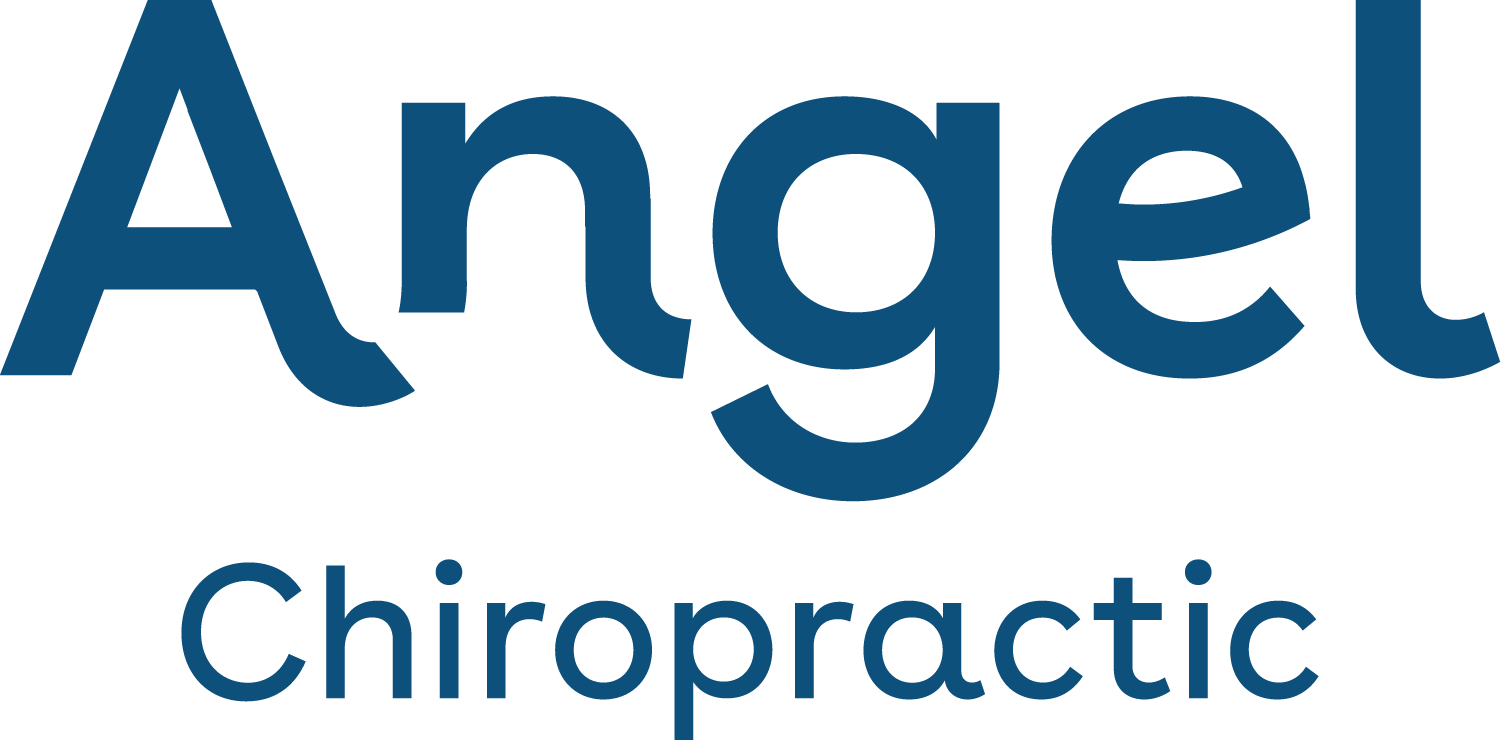Do you have Pain from a Slipped Disc in your Neck?
Did you know that giraffe’s have the same number of neck vertebrae as us, seven. Obviously their vertebrae are substantially larger!
This article is by the Islington chiropractor at the Angel Chiropractic. This article looks at neck pain caused by a slipped disc and trapped nerve in the neck.
Anatomy
Each vertebra in the spine is separated at the front by an intervertebral disc and at the back by the facet joints. Both the facet joints and the disc are designed to allow the spine to move with different parts of the spine designed to move in different ways. This is facilitated by the variation of these structures as you go down the spine.
The neck or cervical spine can flex and extend, rotate and laterally flex allowing the head, eyes and the ears to be moved independently of the torso, which is clearly to great evolutionary advantage!
The neck is also curved into a lordosis, which is a ‘c’ shaped curve with the opening at the back. This shape plus the discs ability to absorb impact helps keep the head in a nice stable position when moving about. Imagine our ancestors trying to run across rough ground, spear in hand trying to catch dinner whilst having to deal with blurred or shaky vision.
Why we get neck problems
The neck has evolved to enable us to live hunter gatherer lifestyles but hunting and gathering today for a lot of us involves sitting at a desk for eight to ten hours a day and then when we get home form work we often sit in front of a computer again.
If the ergonomics of our desk aren’t correct the seated position can lead to the neck becoming flexed and the head extended where it articulates with the first neck vertebra, C1.
This loss of the cervical lordosis and the loss of the extension of the neck take the discs out of compression, which is the position they are anatomically designed to work in, and creates shearing forces through the vertebrae. Over a period of time these forces plus the rotation of the neck can lead to disc failure and the ‘slipped disc’. Over time the discs and the facet joints slowly wear out and arthritis sets in with pain, discomfort and stiffness the result.
A lot of neck, shoulder, arm, hand and headaches can then be considered repetitive strain injuries (RSI) as they result from faulty ergonomics and posture and tissue failure. It is clearly essential that a full postural assessment at work should be carried by someone with a thorough understanding of clinical biomechanics and with an ability to make a diagnosis for the effective management of the problem and possible solution.
Signs and symptoms of a slipped disc in the neck
The pain from a slipped disc occurs when the disc bulges between two vertebrae and puts pressure on a nerve. This pressure to the nerve can cause the neck pain, and arm pain including the symptoms of numbness and tingling. The most common levels where cervical discs herniate are C5-C6 and C6-C7. If there is a herniation of the disc at C5-C6 the disc affects the C6 nerve root.
C4/C5 Disc herniation: This affects the distribution of the C5 nerve root. It can cause the deltoid muscle to be weak and also can cause shoulder pain. This affects the lateral upper arm. It usually does not cause numbness and tingling.
C5/C6 Disc herniation: This affects the distribution of the C6 nerve root. It can cause numbness and tingling in the lower lateral arm, affecting the thumb and index finger. The muscles affected are the biceps and the wrist extensor muscles with a decrease in the biceps reflex possible.
C6/C7 Disc Herniation: This affects the distribution of the C7 nerve root. It can cause numbness and tingling along the 3rd digit (the long finger) and the triceps muscle can become weaker. It can also affect the triceps muscle causing numbness and tingling. A decrease in the triceps reflex can also result.
C7/T1 Disc Herniation: This affects the distribution of the T1 nerve root. It can cause weakness including the ability to squeeze and hold on to objects. Numbness and tingling and pain can radiate down the arm to the little finger side of hand.
If you have neck pain, headaches or arm and hand pain and you can get to the Angel Chiropractic in Islington, chiropractic care may help. If our Islington chiropractor is not able to help you they will refer you to a specialist for treatment. If you want to make an appointment with our Islington chiropractic practitioner please click the book now button at the top of the page and select New Patient or alternatively click HERE!
